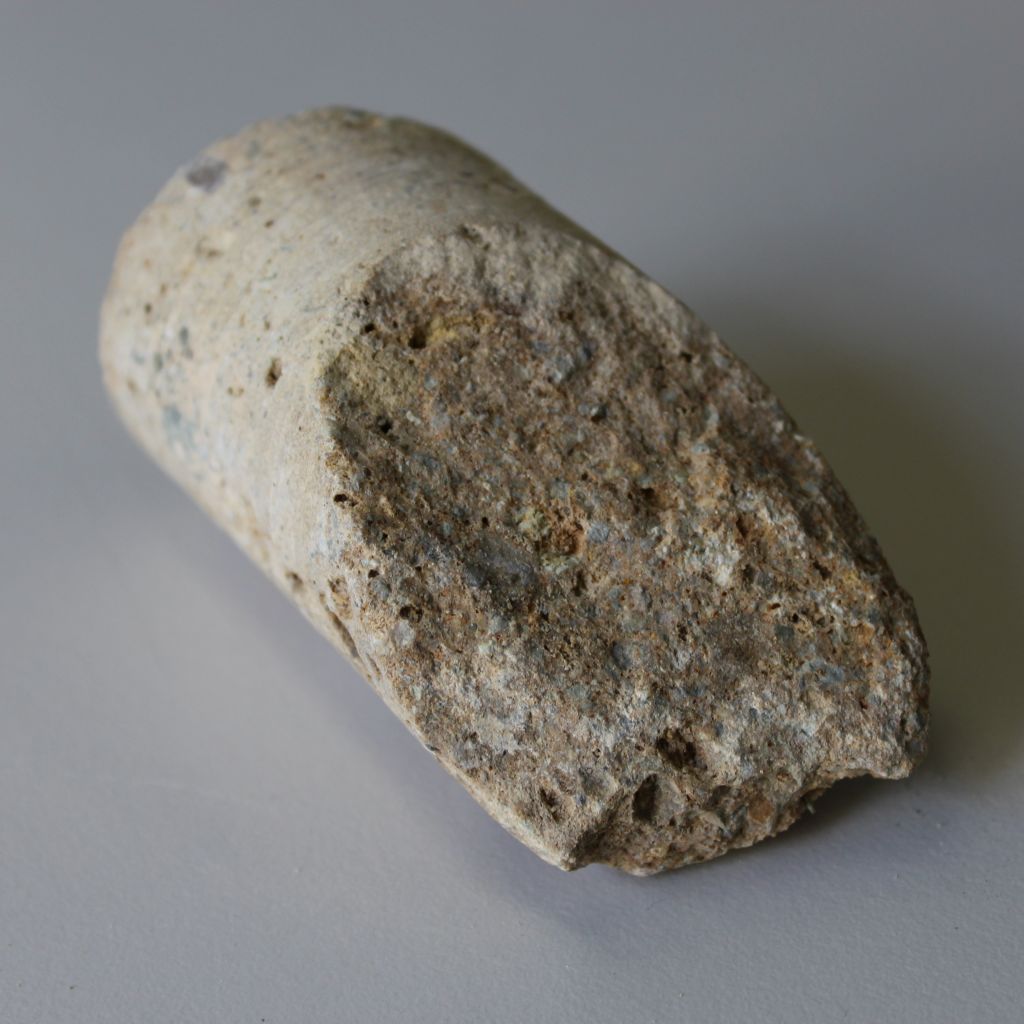Raibler cellular limestone

During the construction of the first Albulatunnel the Raibler cellular limestone was observed as a soft and for several meters an easy extractable material. However, the inflows of water grew stronger and reached at tunnelmeter 1 192 their summit. From there the construction was grounded for about 9 month and the solid Albula granite could only be reached with heavy supporting measures.
|
Location |
1,127.5 m from the Preda tunnel entrance |
||
|
Length |
109 m |
||
|
Characteristics |
Yellowish, porous dolomite, consisting of a fine-grained matrix with abundant cavities. These cavities contain may contain loose stones or water, but are just as likely to be empty. Raibler cellular limestone is also known as cellular dolomite. The cellular limestone to be classified into three specific sectional types. Porous, fissured Raibler formation This 36 m long section consists of rock that is hard, but porous and fractured (“cellular dolomite”). Some of the fissures let through large amounts of water. Rockfalls and detachments are a constant danger in this otherwise reasonably stable mountain area. Weakly secured Raibler formation This section of 40 to 50 m in length consists of weakly secured rock, to an extent that tunnelling has to be carried out only by pick and shovel (blasting is not required). The mountain is however likely to be penetrated by water and some mud via narrow fissures in the rock. Given the filling of cavities and the weak state of the rock, large rockfalls are to be expected. Floating Raibler formation This 21 m long section is described as “floating rock”. This area is characterised by numerous large fissures with water- and mud-filled hollows, with only few ribs of rock able to bear weight. The rock in this area behaves almost like paste. Major mudslides are to be expected if no special measures are applied. |
||
|
Properties |
The main hydro-geological characteristics of the cellular limestone are its high permeability the karstic column/cavity system, the collection of surface and underground water, and the high water pressure (of up to 5 bar) at tunnel level. |
||
|
Faults |
Raibler cellular limestone is regarded as a fault in its own right. The subsoil model reveals cavities with openings up to three metres wide; filled with loose debris and water. |
||
|
Hazards |
The greatest danger is posed by the strong inflow of water, via fissures, at tens of litres per second, along with the forced entry of unconsolidated material into the tunnel. Overenthusiastic drainage of the tunnel could lead to springs drying up in the Albula region. The tunnel water being drained out of the cellular limestone is also likely to be very muddy. The volume of mud generated by tunnelling poses an additional challenge in terms of drainage, as it tends to clog the flow conduits. |
The penetration of the Raibler cellular limestone already posed serious challenges for the construction engineers of the first Albula Tunnel back in the year 1900, as the memoirs of Dr. Friedrich Hennings (dating from 1908) recount:
“We reached a section in which the seeping water had caused the limestone to lose its structure, to the extent that the loose mass of rock had disintegrated into fine-grained mud.
All further tunnelling in what amounted to a floating mountain had to be carried out with utmost care. This fruitless work affected the company's morale more and more, and tunnelling work carried out from October 18th onwards was in the hands of engineers in charge of local construction. Despite the now more-efficient team and their extremely arduous efforts however, progress was extremely slow due to the upward and downward flow of penetrating cold water. Two-and-a-half months of such effort delivered only 6.3 metres of progress, as 1,500 cubic metres of earth had to be handled to produce just 70 cubic metres of useful excavation work. We reached the 1,205-metre point at the end of December 1900, and couldn’t put in even one more pit-prop. This was when tunnelling work ground to a halt.”

